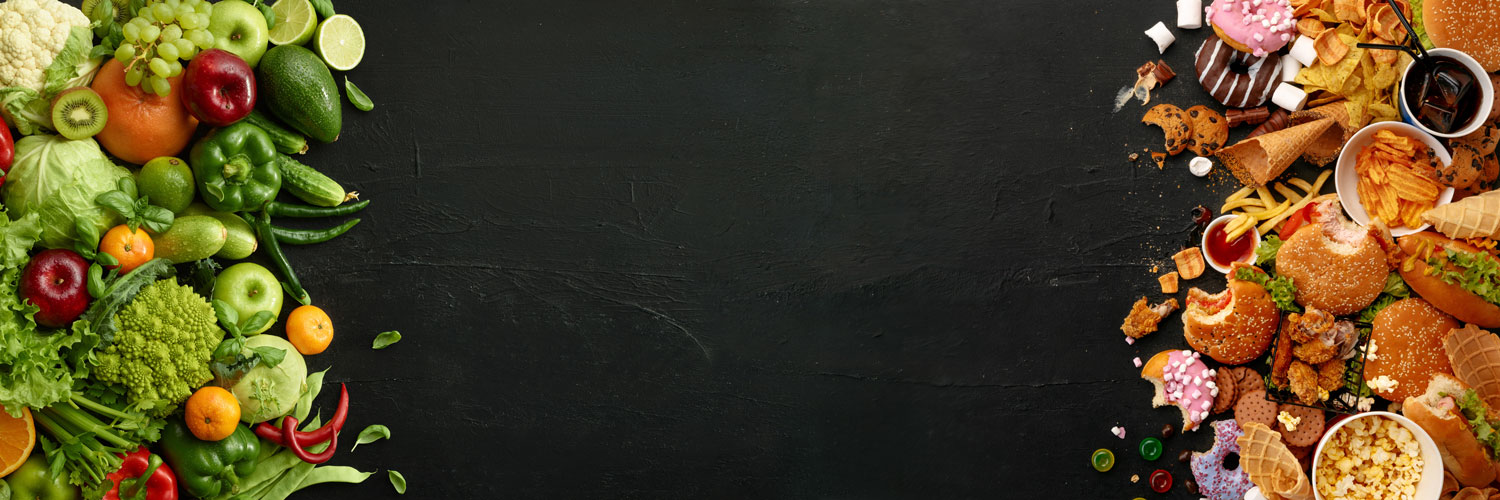Monthly Feature
Vivek is back, bringing the food IQ up a few notches, with his latest installment of Higher Learning!
The cold months scream for slow cooked, fall off the bone tender meat and a nice starchy component to help soak up all those delicious juices. The way to do it is using a technique called braising. Braising is essentially cooking something in a small amount of liquid for a very long time. It’s a great way to develop deep flavors and to me, nothing is more satisfying. You get tender meat, a beautiful sauce, and it’s easy because you can just stick it in the oven and let it simmer away, serving it when everyone is ready.
In addition, braising is fairly inexpensive. You can take really cheap cuts of meat, like beef chuck, pork shoulder, or chicken legs and turn them into something that’s really special. In this particular dish, I braised beef shoulder in red wine until it just melted. As with all braised dishes, I added a fresh touch by making a gremolata out of daikon radish, lemon, and parsley. If you’ve ever had osso bucco before, you know what gremolata is. It’s fresh and acidic and cuts through the richness of the meat, creating a harmonious dish.
In my CSA, I got some great fresh sunchokes, also called Jerusalem artichokes, and pureed them. You could just as easily substitute mashed potatoes.
For the braise:
3 lbs beef shoulder
2 red onions, sliced
1 carrot, sliced
3 cloves garlic, sliced
2 bay leaves
1 cup red wine
2 cups beef broth or chicken stock
kosher salt and freshly ground black pepper
Preheat your oven to 300 degrees.
Get a wide braising pan or dutch oven over medium high heat. Add a little bit of olive oil to the pan and let it get really hot. Season the beef with salt and pepper and sear in the hot oil until it is nice and brown on all sides. The more time you spend searing this meat, the more flavor you will get. Once the beef is brown on all sides, remove it and put it on a plate.
Add the onions and carrots. Season them with salt and cook until they are soft and slightly caramelized, about 10 minutes. Add the garlic and bay leaves and cook for another minute. Return the meat and the juices that have collected in the plate back to the pan. Add the wine and let the alcohol cook off, about 5 minutes. Add the beef broth and bring the liquid up to a boil. Reduce the heat to simmer. Cover the pan with a lid and stick it in the oven. Let the beef braise for about 2 to 2 and a half hours until it is extremely tender.
Remove the pan from the oven and remove the beef and put it on a plate to rest. In the meantime, make the sauce. Strain all the vegetables and herbs into a fat separator. Your beef probably had a good amount of fat in it, and we don’t want all of that in the sauce. By putting it in a separator, the fat will naturally come to the top and you can skim it off. If you don’t have a fat separator, use a measuring cup.
Once the fat is gone, pour the liquid into a saucepan and reduce it until it is sauce consistency. That means the sauce should not be liquidy, it should hold on the plate. The way to check if it is right is to dip a spoon into the sauce. If you can draw a line with your finger across the spoon and the sauce does not keep dripping, then you’re there. Season the sauce with salt and pepper and you’re good to go.
For the puree:
1 lb sunchokes, peeled
Milk
2 sprigs rosemary
1 clove garlic
1 tablespoon butter
kosher salt and freshly ground pepper
Put the sunchokes in a pan and cover with milk. Add the rosemary sprigs and garlic clove to the pot, and season everything with salt. Bring the sunchokes to a boil and then reduce the heat to simmer. In about 10-15 minutes, they will be cooked. They should be fork tender, just like how you check if a potato is done.
Mash the sunchokes with a potato masher, or run them through a food mill. If they are dry, add some of the milk. Add the butter and season the puree with salt and pepper.
For the daikon gremolata:
1 cup daikon, diced
1 lemon, zested
a few sprigs of parsley
extra virgin olive oil
kosher salt
Combine the daikon with the lemon zest and parsley. Drizzle some extra virgin olive oil into the mixture and season it with salt.
To serve:
Cut the beef into cubes. Spread some of the sunchoke puree on a plate and put the beef over it. Ladle some sauce onto the beef and around the plate. Garnish with the gremolata, which can go on top of the beef or on the side.
I hope you all enjoy this recipe – it’s truly a great one during these colder months. At the very least, use the braising technique to help elevate humble ingredients to something worthy of Higher Eating!
Cheers,
Vivek
http://viveksurti.wordpress.com/






